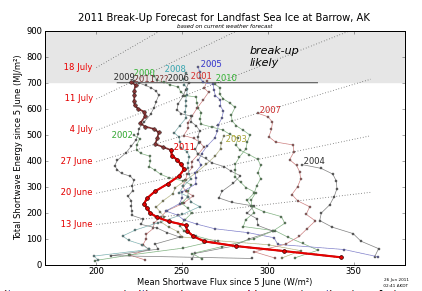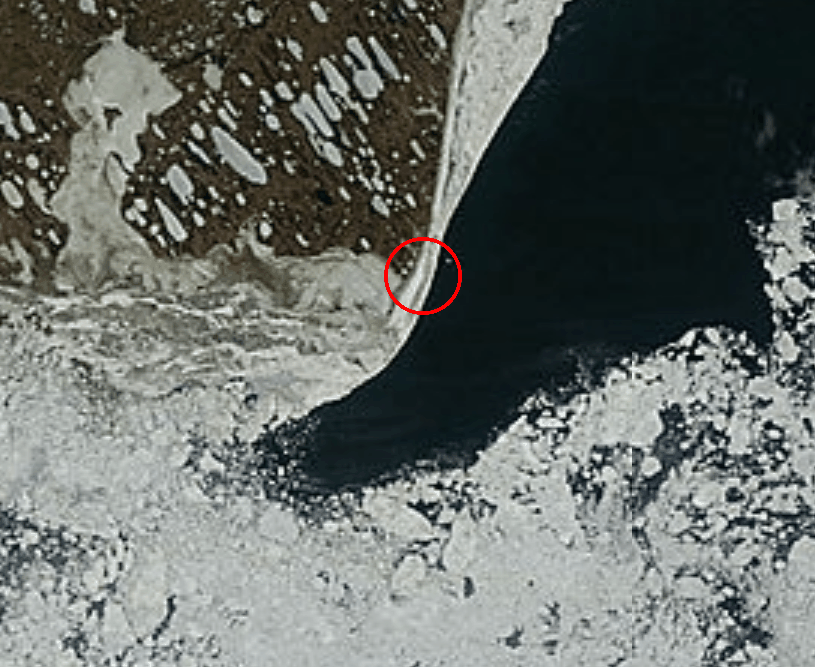Disrupting the Borg is expensive and time consuming!
Google Search
-
Recent Posts
- Fact Checking The New York Times
- New Visitech Features
- Ice-Free Arctic By 2014
- Debt-Free US Treasury Forecast
- Analyzing Big City Crime (Part 2)
- Analyzing Big City Crime
- UK Migration Caused By Global Warming
- Climate Attribution In Greece
- “Brown: ’50 days to save world'”
- The Catastrophic Influence of Bovine Methane Emissions on Extraterrestrial Climate Patterns
- Posting On X
- Seventeen Years Of Fun
- The Importance Of Good Tools
- Temperature Shifts At Blue Hill, MA
- CO2²
- Time Of Observation Bias
- Climate Scamming For Profit
- Climate Scamming For Profit
- Back To The Future
- “records going back to 1961”
- Analyzing Rainfall At Asheville
- Historical Weather Analysis With Visitech
- “American Summers Are Starting to Feel Like Winter”
- Joker And Midnight Toker
- Cheering Crowds
Recent Comments
- arn on Fact Checking The New York Times
- Bob G on Fact Checking The New York Times
- conrad ziefle on Fact Checking The New York Times
- Bob G on Fact Checking The New York Times
- czechlist on Fact Checking The New York Times
- conrad ziefle on Fact Checking The New York Times
- Bob G on Fact Checking The New York Times
- conrad ziefle on Fact Checking The New York Times
- Jack the Insider on Fact Checking The New York Times
- Bob G on Fact Checking The New York Times
University Of Alaska Continues To Forecast Late Break Up Of The Ice Off Barrow
This entry was posted in Uncategorized. Bookmark the permalink.




Steven, the Internet is 30 years old, when will you learn to make proper links?
http://www.arctic.io/observations/136/2011-05-25/8-N71.4-W157.3/Alaska-Barrow
When I click on the link you provided, I just get white?
Same here.
So that’s alwite then.
Be vewy vewy quiet … I’m hunting wabbits 🙂
You’re right, should be June not May:
http://www.arctic.io/observations/136/2011-06-25/8-N71.4-W157.3/Alaska-Barrow
I’d suggest that you put a text link on the page like Google Maps which reads something like “link to this view” It isn’t obvious that you have a link on your menu bar
Sorry for link confusion, you may accept this on topic excuse: http://zoom.it/NXcm#full
Heads up for Steve and others following this: ice break-up at Barrow happened on 3-4 July. This is the earliest on record other than the years where grounded pressure ridges did not form. This year, ice breakout was well ahead of schedule despite the presence of such ridges.
Clearly July 4 is earlier than than June 17, 2004. You are a genius.
“other than the years where grounded pressure ridges did not form”
It helps to read a post before you reply to it.
Is there some reason why that distinction is interesting? I use the Barrow ice forecast as a proxy for the weather and cloudiness in that part of the Arctic, which is how their forecast is generated and is what largely determines the amount of melt going on in the Chukchi Sea. Their forecast shows that it has been one of the cloudiest years in their record.
The grounded pressure ridges shield the fast ice near the shore from wind and currents. This means that that when the ridges are present, the ice breakup depends almost solely on the solar input and is generally predictable on that basis. In years where the ridges are absent, breakup occurs earlier, and the precise date is much less predictable.
Here’s what they say about it on the page you linked to:
In years with significantly grounded pressure ridges, level and rubble landfast sea ice close to the shore will break up as a result of input of solar energy that leads to structural weakening and disintegration into individual floes. In the figure above, the accumulated incoming solar shortwave energy is used as an indicator for the time this break-up occurs. The start date of June 5 is chosen as it is typical the beginning of meltpond formation. In 2002, 2003, 2004, and 2007, ice broke out in the absence of grounded pressure ridges, which cannot be predicted with this approach.
Of course, it’s perfectly fine to look at both cases – with and without ridges – but you have to compare like-for-like, and also bear in mind that when there are no ridges, ice breakup is essentially not predictable with current knowledge.
This year, the ice was sheltered behind strong grounded ridges. Despite the cloudier weather, it broke up earlier than usual for those circumstances. On the website, they say this is most likely due to early melt pond formation and the amount of sediment in the ice (which they describe sediment and not “dirt” – i.e. it’s natural sediment rather than a result of human activity).
If you read the page you know there was a storm which broke off most of the ice last week.
The New Moon of July 1 would have lead to higher tide in the region. Of course That part of Alaska is not usually affected by extreme “Storm Events”! 😉 The Arctic weather is usually soooo mild! 8)